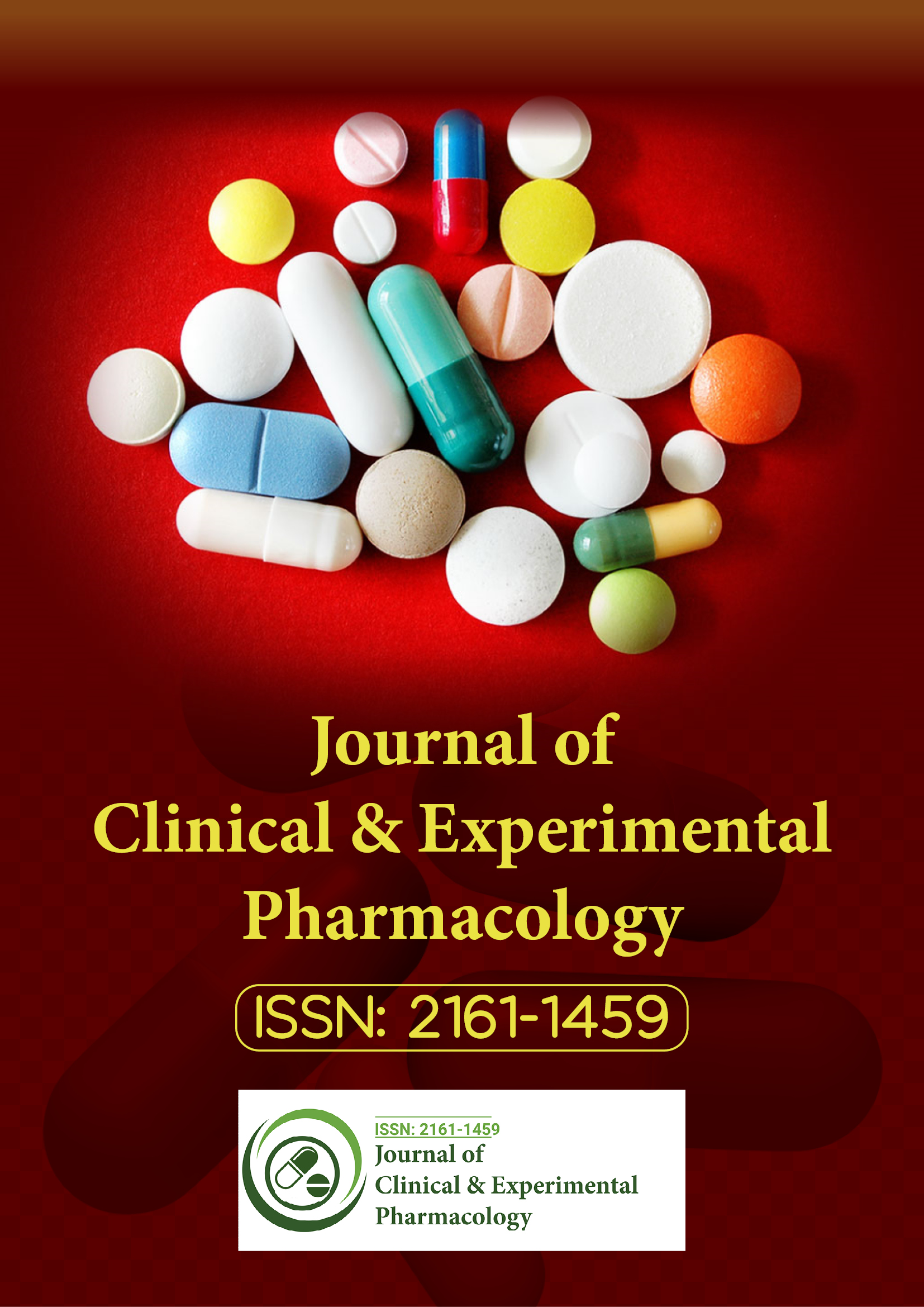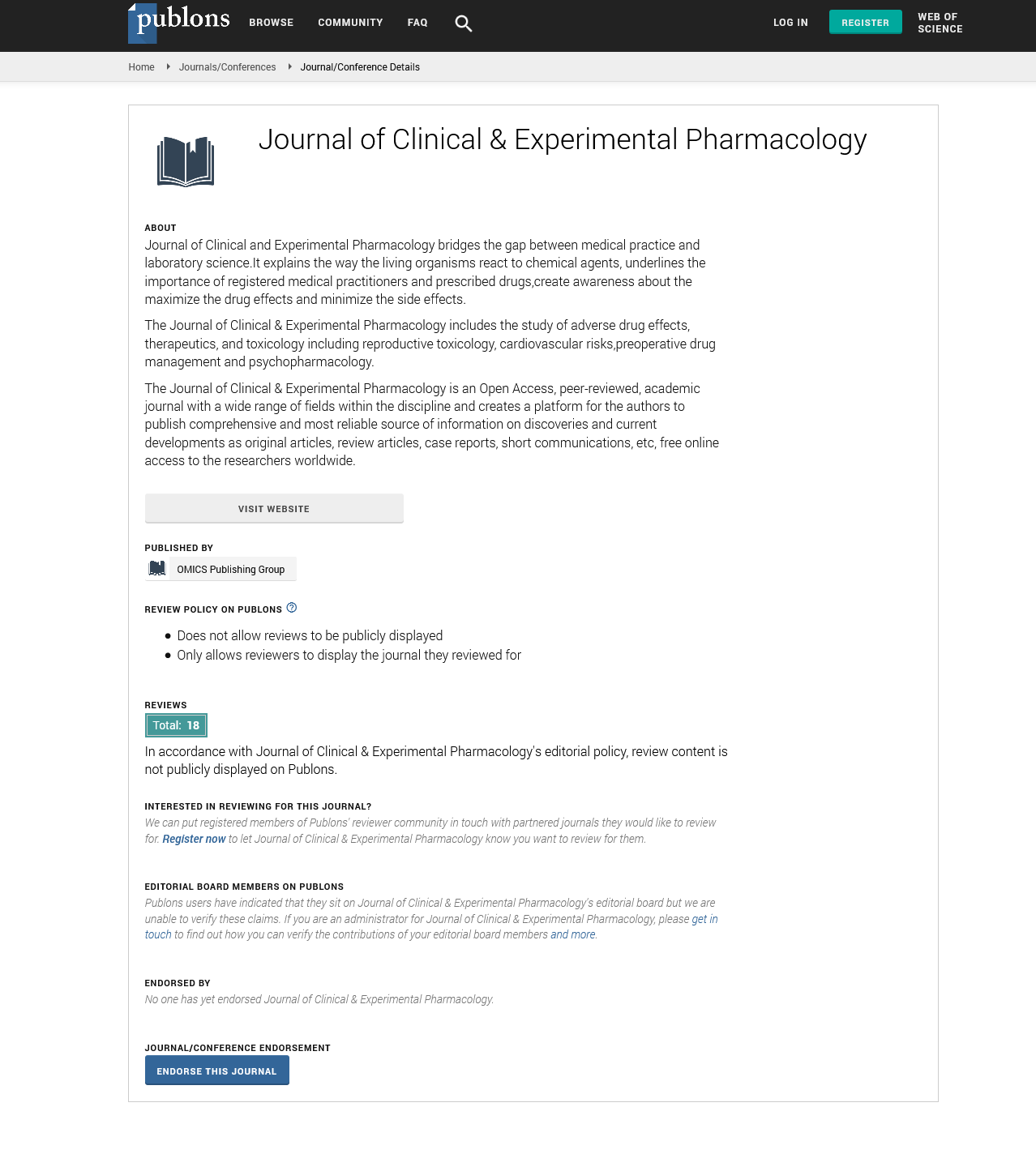Indexed In
- Open J Gate
- Genamics JournalSeek
- China National Knowledge Infrastructure (CNKI)
- Ulrich's Periodicals Directory
- RefSeek
- Hamdard University
- EBSCO A-Z
- OCLC- WorldCat
- Publons
- Google Scholar
Useful Links
Share This Page
Journal Flyer

Open Access Journals
- Agri and Aquaculture
- Biochemistry
- Bioinformatics & Systems Biology
- Business & Management
- Chemistry
- Clinical Sciences
- Engineering
- Food & Nutrition
- General Science
- Genetics & Molecular Biology
- Immunology & Microbiology
- Medical Sciences
- Neuroscience & Psychology
- Nursing & Health Care
- Pharmaceutical Sciences
Nano-composite of silk fibroin-chitosan/nano diopside for tissue engineering applications: Fabrication and morphology
World Congress on Pharmacology
July 20-22, 2015 Brisbane, Australia
Abbas Teimouri1, L Ghorbanian2 and Alireza Najafi Chermahini2
Posters-Accepted Abstracts: Clin Exp Pharmacol
Abstract:
Tissue engineering uses a scaffold inhabited with signifying molecules and cells to encourage the regeneration of host tissue. Silk fibroin (SF) has attracted important interest in the generation of new materials, because SF is a biocompatible and biodegradable natural polymer with excellent mechanical properties and high chemical reactivity. Chitosan (CS) is a deacetylated product of chitin that can be extracted from crustaceans. Due to its excellent bioactivity and degradability, diopside has been proposed as a potential material for the bone tissue regeneration. In continuation of our recent study on the construction of composite scaffolds, in the present study, Silk (SF), Chitosan (CS) and Nano Diopside were all combined using the freeze drying technique to fabricate a bio-composite scaffold. The composite scaffold (SF/CS/ Nano Diopside) was characterized by SEM, XRD, TGA, BET and FT-IR studies. The scaffold possessed a porous nature with pore dimensions suitable for cell infiltration and colonization. The presence of Diopside in the SF/CS/ Nano Diopside scaffold increased compressive strength and water uptake capacity and decreased porosity. Cytocompatibility of the SF/CS/ Nano Diopside scaffold was assessed by MTT assay revealed non-toxicity to the Human Gingival Fibroblast (HGF, NCBI: C-131(Thus, we suggest that SF/CS/N Nano Diopside composite scaffold is a potential candidate to be used for tissue engineering.

